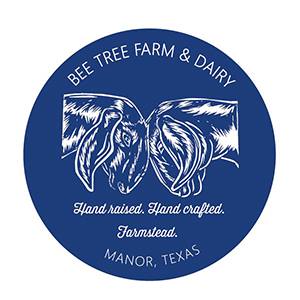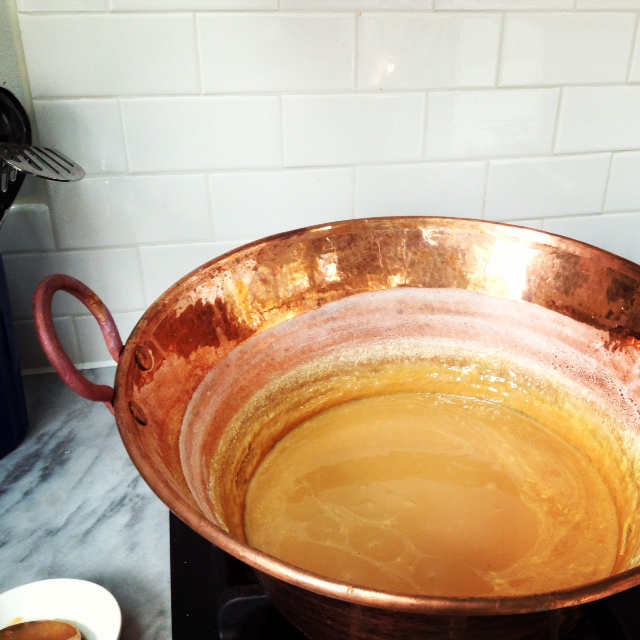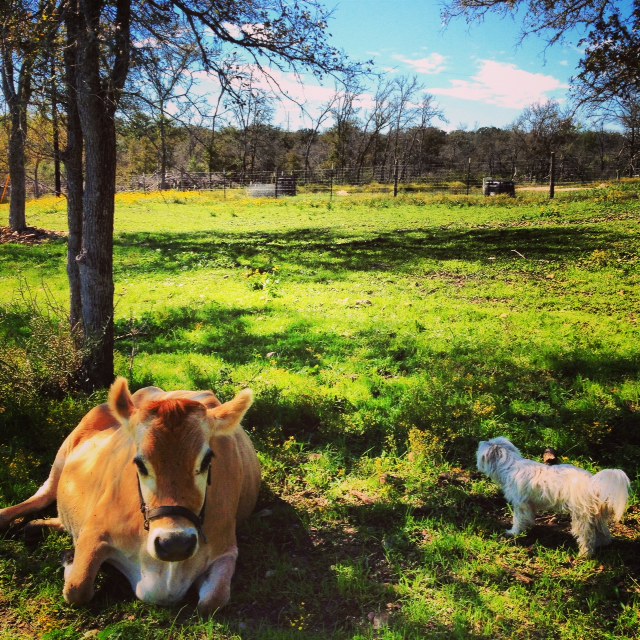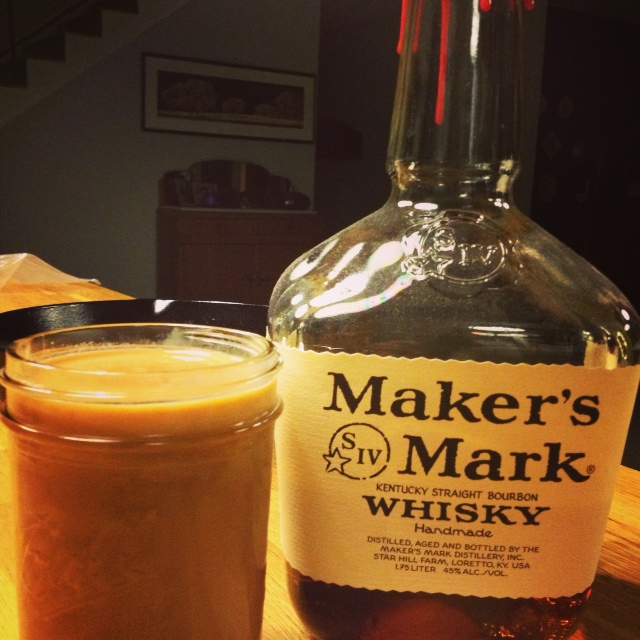Have I told you lately that I love you?
I’ve had an enormous amount of milk in the fridge. An amount so large that it boggles even my mind that only two small goats create such a volume. So much, in fact, that – for the first time since January really – I’ve let my shoulders hunch over and sink slightly every time I open the refrigerator to grab something. The milk jars – they taunt me. Inside of them sits hundreds of pounds worth of possibilities in the form of cheeses, butters, creams – and yet I’m so overwhelmed with everything else at the moment that I hardly have time to consider them.
Especially after cheese class last week when I should feel energized, I feel particularly confused since every class or book somehow contradicts the other and when – really – the underlying issue is my need to sit down and learn a little chemistry. I wish desperately I hadn’t slept through my junior year of high school. Or the requisite chemistry for non-majors class in college. I look at the milk and I wonder why? WHY? did I not attend our state’s premier agricultural university for a degree in dairy science? This week has been busy but the gallons of milk taunting me needed processing and so yesterday I pulled out three gallons and lined them up on the counter. Two were for another experimental blue cheese and one would go into the simplest milk based concoction (aside from ricotta, of course) that has the dual benefit of creating food and also making the house smell like little pieces of heaven have fallen through the clouds and embraced the space in a gentle hug. It’s a toasted, nutty, vanilla, warm, smokey breath that curls up into the crevices of the whole place and lingers for at least a day. I’m talking about cajeta – goat milk caramel sauce – and I cannot believe I haven’t written about this sooner. Dairy goats bring with them a generous amount of turmoil and entertainment at once, and if you’re on the fence about owning one, I can assure you that one jar of cajeta will push your teetering decision over the edge. I have deduced, through scientific research and poll-taking, that the key to happiness can be found, not just in the final product of cajeta, but also in the long process of making the stuff. All you really need is this:
1) goat milk 2) sugar/heat 3) patience.
The recipe is stupidly simple but the sauce must cook nearly all day if you want it whittled down to it’s toastiest essence of buttered creamy sugary perfection. One gallon of milk evaporates down to less than half and can be stored for a month in the refrigerator. If you’re not in the mood for buying and milking a dairy goat (that’s fair – but still recommended), then try to locate a high quality, whole goat milk, and follow these simple steps. Rinse, repeat whenever you need a little boost. Life’s too short to go without cajeta.
What
-1 gallon whole goat milk
–3.5 cups of sugar
-2 tablespoons vanilla
-1 teaspoon baking soda diluted in 1/2 cup water
How
First of all, you’ll notice in these pictures the use of a copper pot. This is a Mexican copper pot traditionally used for making cajeta or candy and is an excellent kitchen tool for anything that benefits from superior heat conduction. Plus it’s Pretty with a capital P. However, any heavy-bottomed pot will do just fine. Bring the milk, sugar, and vanilla to a simmer. Remove from heat and slowly add baking soda, stirring well. The baking soda will cause the liquid to rise up and possibly boil over – sort of like the volcano you made for the science fair in elementary school. Same deal here. Once it starts to go back down, put the liquid back over low heat. Now it’s a waiting game. The milk should barely simmer. As my cajeta mentor told me once (whose recipe I use and tweak slightly), keep it “slow and low.” Stir occasionally with a wooden spoon. Within an hour the milk will start to noticeably evaporate and darken. The smell of Eden and nectar will begin steaming off the milk. You’re not done yet. Keep going until it’s thick enough that it sticks to the back of the wooden spoon. Think: caramel. Play some Ray Charles. Take a shot of bourbon (keep the bottle out – it’s important later). Fold your laundry. Go visit the cow.
Once you’re satisfied with the consistency (at least 2 hours later, probably more if you’re very patient), pour the cajeta into glass jars and leave a lid off as they cool. To reward yourself for this incredible patience, select one jar that will be spiked. Dribble a little bourbon over the top and mix well. I have no measurements for this – it’s all to taste. Then grab a spoon and start eating another jar immediately. You will have fond memories of the day you made cajeta. It is not a food, it is an experience.





5 Comments
Andi
February 2, 20148:16 pm
Well now, THIS sounds delicious!!!
jennakl
February 4, 20146:28 pm
It is, I promise!
Jenny Depa
November 22, 20136:40 am
Love cajeta! Well done!!
Nicole Mattingly
November 21, 20131:05 pm
Oh be still my heart! This sounds delicious and has my mouth watering. Can’t wait to try your recipe! Thanks for sharing.
jennakl
November 21, 20131:32 pm
Let me know if you love it or not (if you don’t, you might want to get checked out). It’s also a great treat this time of year for gift giving. And for putting into coffee. Or smearing on pumpkin pie. Or just eating with a spoon.